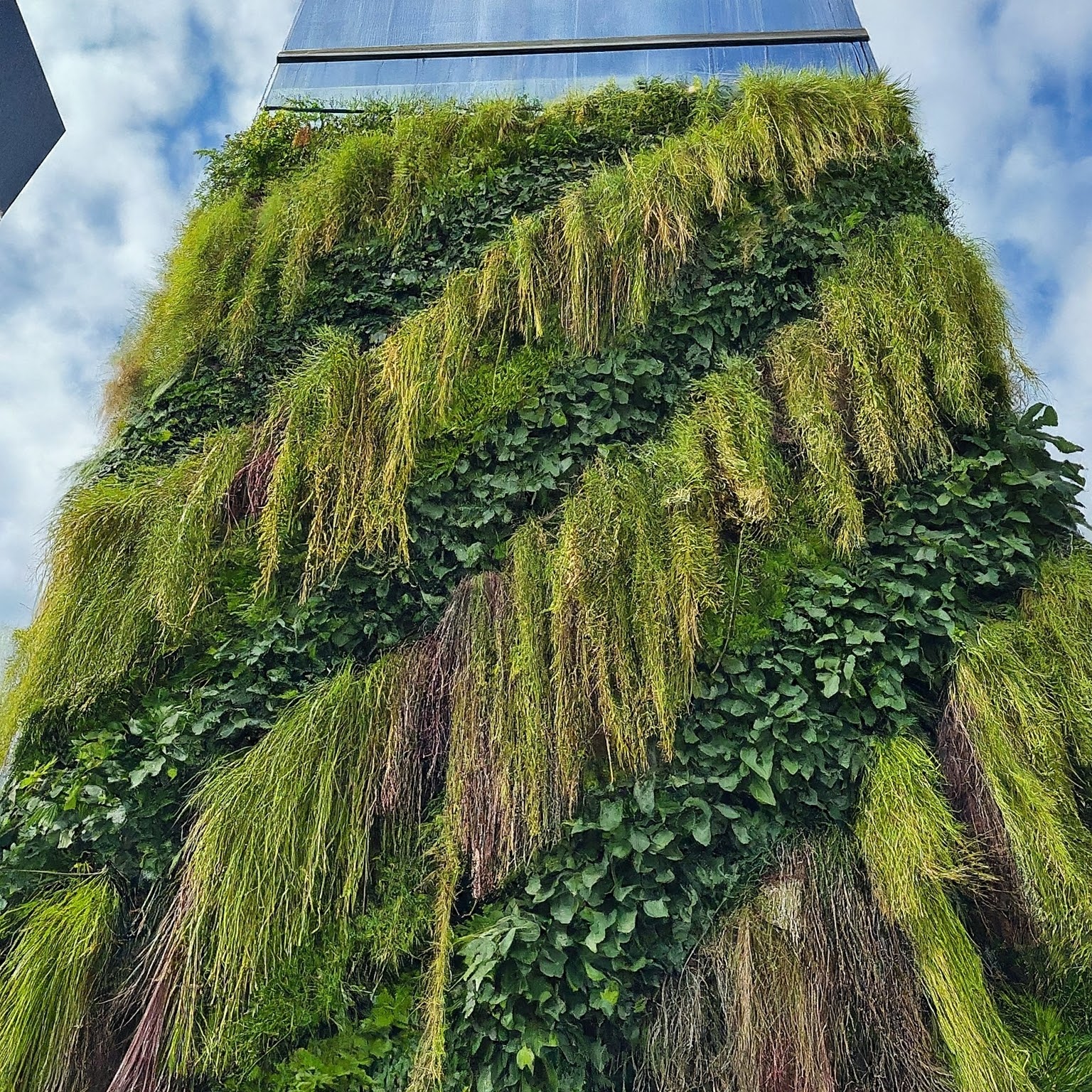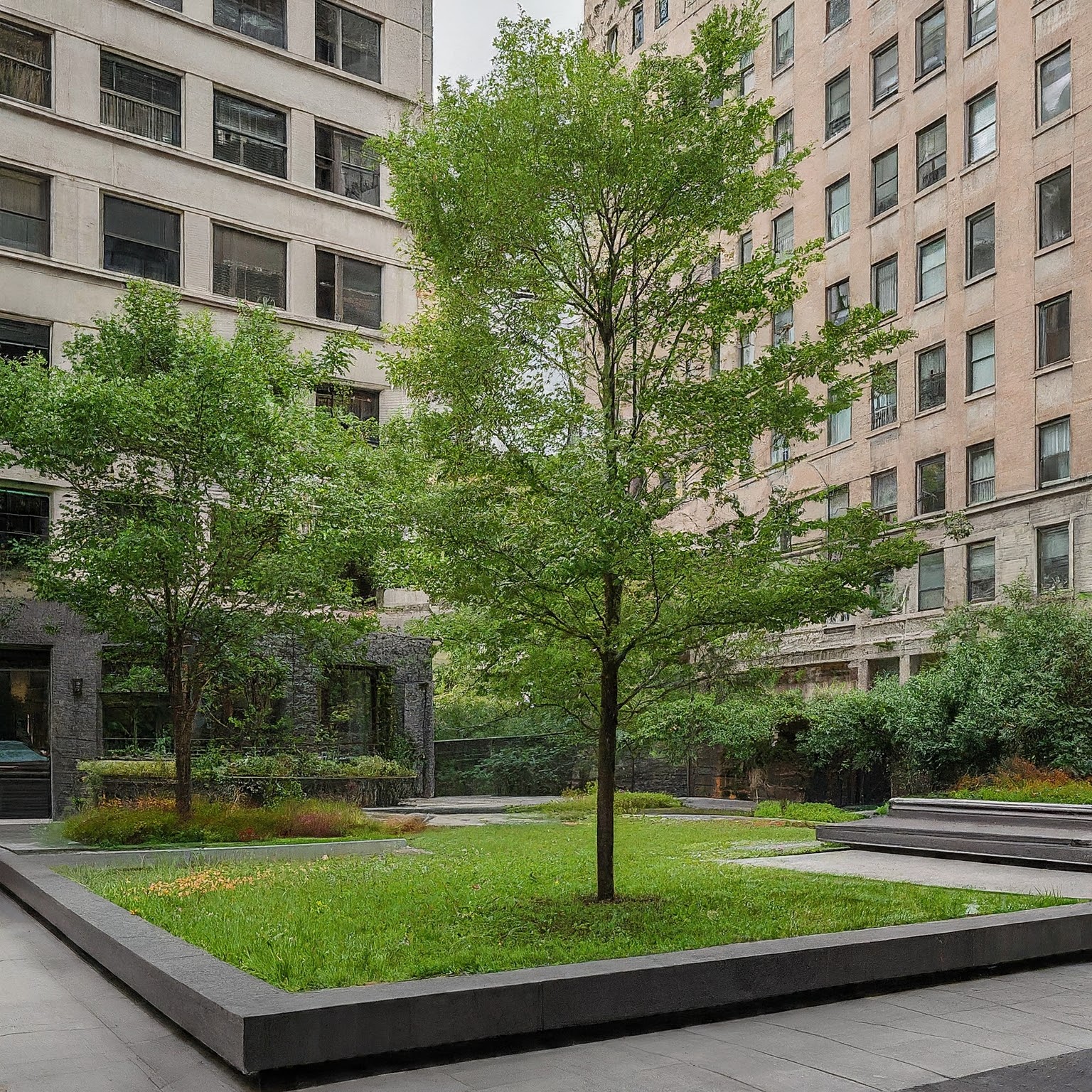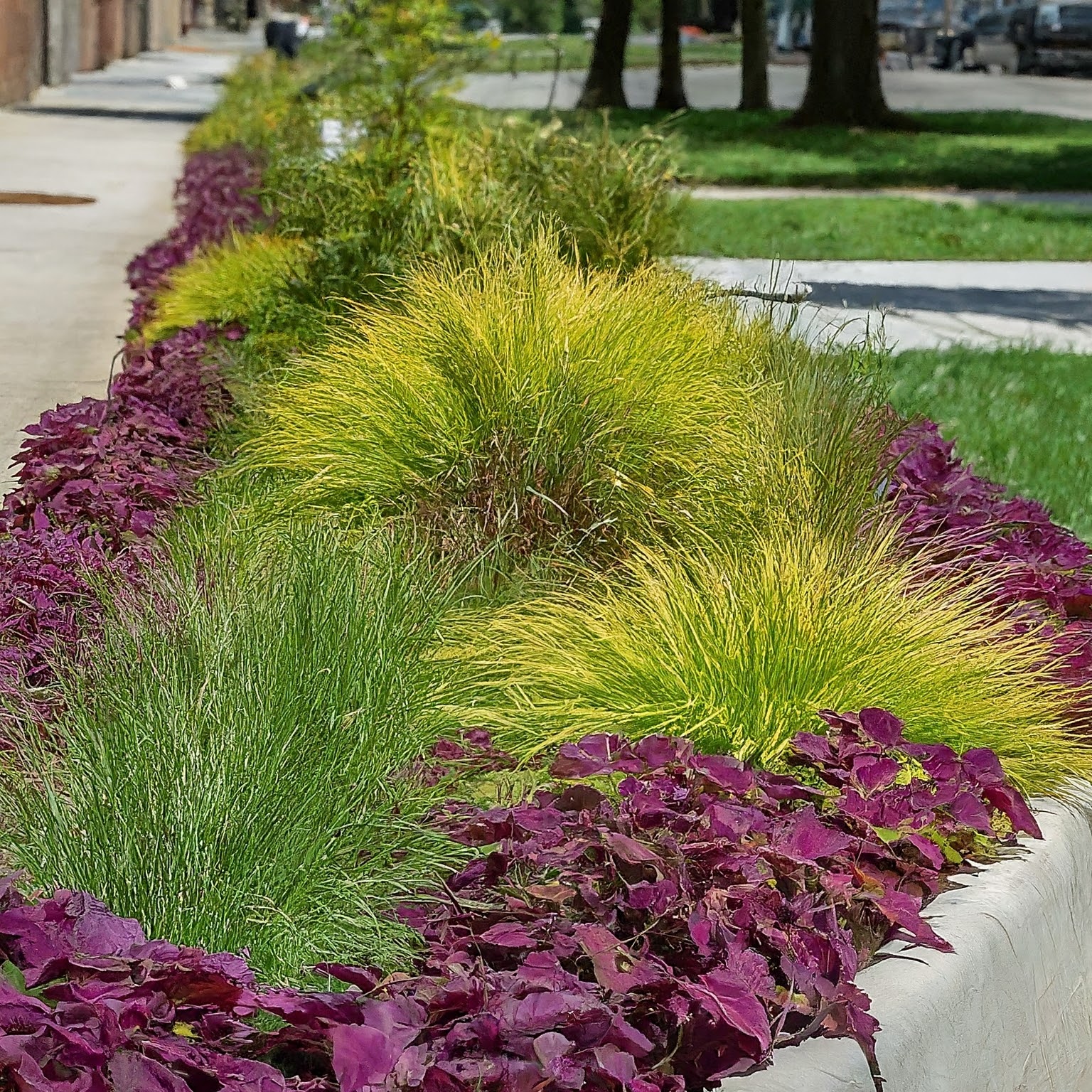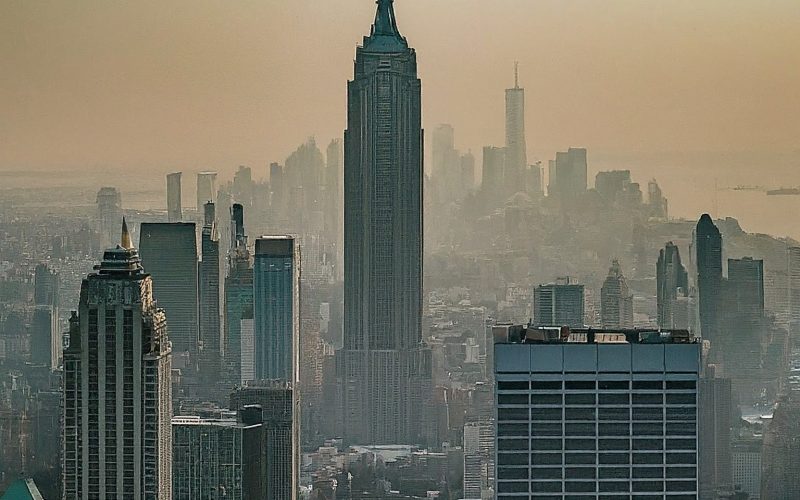About the Author
Sarah Jones is a renowned urban planning consultant with over 15 years of experience in designing sustainable and resilient cities. She is passionate about the transformative power of green spaces and their impact on urban communities.
Informative Headings
- The Concrete Jungle’s Cost: Why Cities Need a Greener Future
- The Oasis Effect: How Greenery Benefits City Dwellers
- From Vision to Viability: Practical Strategies for Urban Green Integration
- Funding the Transformation: Innovative Solutions for Greening Cities
- Verdant Success Stories: Cities Leading the Green Revolution
- A Call to Action: Building a Thriving Urban Paradise
The Concrete Jungle’s Cost: Why Cities Need a Greener Future
Our cities are expanding at an alarming rate, often at the expense of natural landscapes. Urban sprawl translates to a multitude of challenges:
- Rising Temperatures: Densely packed buildings and asphalt surfaces absorb and radiate heat, creating urban heat islands. This phenomenon can elevate temperatures by several degrees compared to surrounding areas, impacting public health and energy consumption.
- Air Pollution: Traffic congestion and industrial activity contribute significantly to air pollution in cities. Smog and particulate matter pose serious health risks for residents, causing respiratory problems and heart disease.
- Disconnect from Nature: Urbanization diminishes access to green spaces, leading to a sense of isolation and a decline in mental well-being.
Sarah Jones, a leading urban planning consultant, argues that a paradigm shift is essential. By strategically incorporating greenery into cityscapes, we can transform concrete jungles into thriving wonderlands.

The Oasis Effect: How Greenery Benefits City Dwellers
Studies have repeatedly shown the profound impact of green spaces on human well-being. Urban parks, rooftop gardens, and street trees are not merely aesthetic additions; they are vital for our physical and mental health.
Comparative Table: The Impact of Urban Greenery
| Aspect | Benefits of Greenery | Detriments of Limited Greenery |
|---|---|---|
| Air Quality | Plants act as natural filters, removing pollutants like nitrogen dioxide and particulate matter, and releasing oxygen. | Increased air pollution leads to respiratory problems, heart disease, and other health issues. |
| Temperature Regulation | Trees and vegetation provide shade, lowering ambient temperatures and mitigating the urban heat island effect. | Higher temperatures contribute to heat stress, increased energy use for cooling, and discomfort for residents. |
| Physical Activity | Green spaces encourage walking, cycling, and outdoor recreation, promoting physical fitness and reducing the risk of chronic diseases. | Lack of green spaces discourages outdoor activity, leading to sedentary lifestyles and associated health problems. |
| Mental Health | Exposure to nature reduces stress, improves mood, promotes cognitive function, and combats symptoms of depression and anxiety. | Limited access to nature can contribute to mental health issues like stress, anxiety, and depression. |
| Biodiversity | Urban greening provides habitat for birds, insects, and pollinators, promoting a healthy ecosystem within the city. | Lack of green spaces reduces biodiversity, impacting pollination and disrupting the natural balance. |

From Vision to Viability: Practical Strategies for Urban Green Integration
Transforming a city into a green haven requires a well-defined strategy. Here are some key considerations, along with inspiring examples:
- Vertical Greenery: Utilize walls, rooftops, and fences for vertical gardens, maximizing green space in limited areas. Cities like Singapore and Chicago are leading the way with innovative vertical garden projects, transforming skyscrapers into verdant facades.
- Pocket Parks: Create small, strategically located parks in underused areas, bringing greenery closer to residents. New York City’s High Line Park exemplifies this concept, transforming an abandoned elevated railway into a vibrant green space in the heart of Manhattan.
- Green Infrastructure: Integrate green elements into urban design, such as bioretention swales for stormwater management and bioswales. Philadelphia has implemented a large-scale green infrastructure program, incorporating rain gardens and porous pavements to reduce flooding and improve water quality.
- Urban Forestry: Plant trees along streets and in parks to provide shade, improve air quality, and beautify the cityscape. Los Angeles’ ambitious tree-planting initiatives aim to increase the city’s tree canopy cover and combat the urban heat island effect.

Funding the Transformation: Innovative Solutions for Greening Cities
Budgetary constraints are a common concern for urban greening projects. However, innovative solutions are emerging, allowing cities to overcome financial hurdles:
- Public-private partnerships: Collaborate with businesses to sponsor green initiatives. For example, a local bank might sponsor the creation of a pocket park in exchange for naming rights or branding opportunities.
- Green bonds: Issue municipal bonds specifically for financing urban greening projects. These bonds attract investors interested in environmentally friendly projects, providing a dedicated funding stream for green infrastructure. Cities like Melbourne, Australia, have successfully utilized green bonds to finance parks and green roofs.
- Community fundraising: Engage residents through events and donations to support local greening efforts. Crowdfunding platforms can be a powerful tool for raising capital for smaller-scale projects, fostering a sense of community ownership.
Verdant Success Stories: Cities Leading the Green Revolution
Several cities worldwide are demonstrating the power of urban greening. Here are two inspiring case studies:
- Singapore: This island nation is a global leader in sustainable urban design. With limited land available, Singapore has embraced vertical greenery, transforming rooftops and walls into lush gardens. The city also boasts extensive park networks and incorporates nature into its urban planning from the ground up. As a result, Singapore enjoys cleaner air, lower temperatures, and a high quality of life for its residents.
- Medellin, Colombia: This city underwent a remarkable transformation from a crime-ridden and polluted metropolis to a vibrant green haven. Medellin invested heavily in cable car systems connecting hillside neighborhoods to parks and green spaces, promoting social inclusion and access to nature. Additionally, the city implemented a network of green corridors and public plazas, fostering a sense of community and well-being. Medellin’s green revolution serves as a powerful example of how urban planning can create positive social and environmental change.

A Call to Action: Building a Thriving Urban Paradise
City Mayors, urban planners, and visionaries have the power to shape the future of our cities. By prioritizing green spaces, we can foster healthier, happier, and more resilient urban communities.
Here are some actionable steps you can take:
- Conduct a green space audit: Assess your city’s current green infrastructure and identify areas for improvement.
- Develop a comprehensive greening plan: Define your goals, strategies, and budget for incorporating more greenery into your city.
- Engage with stakeholders: Collaborate with residents, businesses, and community organizations to garner support for greening initiatives.
- Seek out funding opportunities: Explore public-private partnerships, green bonds, and community fundraising to finance your greening projects.
Let’s embrace the potential of greenery and transform our wastelands into wonderlands. By working together, we can create sustainable and thriving urban paradises for generations to come.
Empowering city leaders with knowledge and practical strategies, this article serves as a springboard for creating sustainable and thriving urban paradises. Let’s embark on this transformative journey together!










